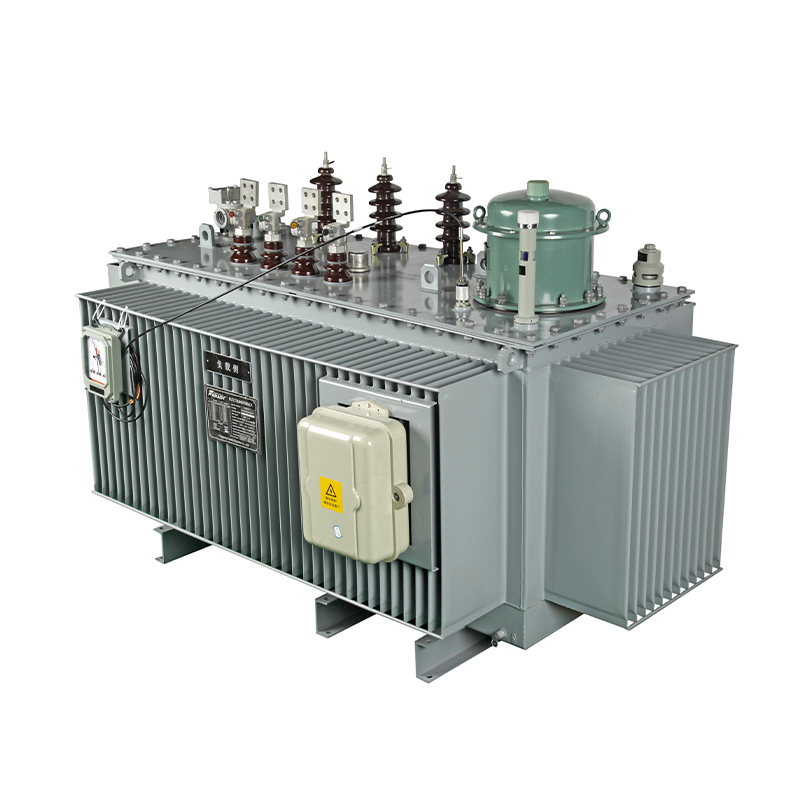Life prediction and maintenance strategy of stepper voltage regulator
Life prediction and maintenance strategy of stepper voltage regulator
1、 Life prediction
There is currently no direct model or method for predicting the lifespan of stepper voltage regulators. However, we can refer to life prediction models for similar devices such as capacitors and propose a dynamic prediction method that considers the actual working state. Specifically:
1. Initial state assessment: Firstly, obtain the initial performance parameters of the voltage regulator, such as output voltage stability, response speed, etc.
2. Work status monitoring: Real time monitoring of key parameters of the voltage regulator during operation, such as temperature, voltage fluctuation range, etc.
3. Life prediction model: Based on monitored data and initial performance parameters, establish a dynamic life prediction model. The model should consider the dynamic changes of the voltage regulator in actual operation, such as temperature changes, load changes, etc. Through model analysis, the lifespan of voltage regulators under different operating conditions can be predicted.
4. Warning system: Set reasonable warning thresholds based on the prediction model. When the monitoring data approaches or reaches the warning threshold, a warning message is issued to prompt maintenance personnel to conduct inspections and repairs.
2、 Maintenance strategy
To ensure the normal operation and prolong the service life of the stepper voltage regulator, the following are some recommended maintenance strategies:
1. Regular inspection: It is recommended to conduct a comprehensive inspection and maintenance every 200 hours of operation. The inspection includes but is not limited to the cleanliness of the contacts, the tightness of the joints, the resistance and coil resistance, etc.
2. Cleaning and dust removal: Regularly clean the voltage regulator to remove accumulated dust and dirt on the surface, in order to avoid poor heat dissipation or short circuits.
3. Heat dissipation and ventilation: Ensure that the heat sink of the voltage regulator operates normally, and choose a spacious and ventilated place to place the equipment, in order to facilitate natural heat dissipation and maintain stable operation of the equipment within a suitable temperature range.
4. Warning and response: Establish a warning system to monitor the working status of the voltage regulator in real time. Once a warning message is received, immediate inspection and maintenance should be carried out to avoid equipment failure or damage.
5. Professional maintenance and replacement: For problems or malfunctions discovered, it is recommended to choose professional personnel for maintenance or replacement of damaged components. Avoid disassembling or repairing on your own to prevent greater damage or safety hazards.
6. Backup and update: To cope with possible malfunctions or damages, it is recommended to backup critical components or the entire voltage regulator system. At the same time, pay attention to product updates and upgrade information, and update devices in a timely manner to improve performance and stability.
Relate Products
Relatenews
- Step Voltage Regulators: Key Specifications to Know 2025-09-05 15:31:00
- The Future of Step Voltage Regulators in Smart Grids 2025-08-25 08:16:00
- Efficiency Metrics for Step Voltage Regulators 2025-07-19 08:45:00
- Step Voltage Regulators: Addressing Voltage Flicker in Welding Operations 2025-07-08 17:49:00
- Application and Challenges of step voltage regulator in Ocean Engineering 2024-12-26 15:41:41
- Seismic performance evaluation and reinforcement suggestions for step voltage regulator 2024-12-26 15:41:39
- Compact Design and Space Optimization Scheme of step voltage regulator 2024-12-26 15:41:38
- Discussion on the Integration of Intelligent Manufacturing and Industrial Internet of Step by step voltage regulator 2024-12-26 15:41:37





